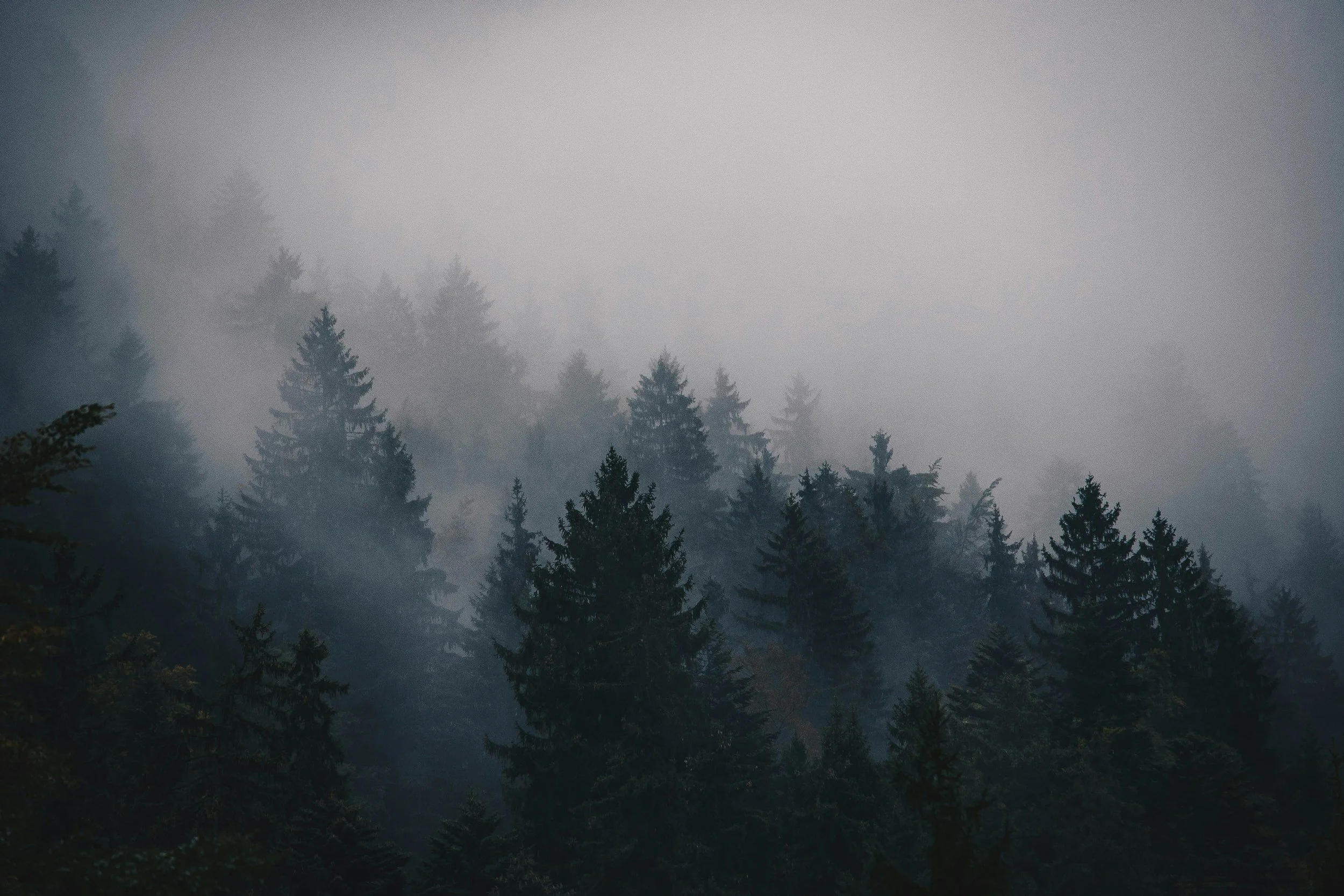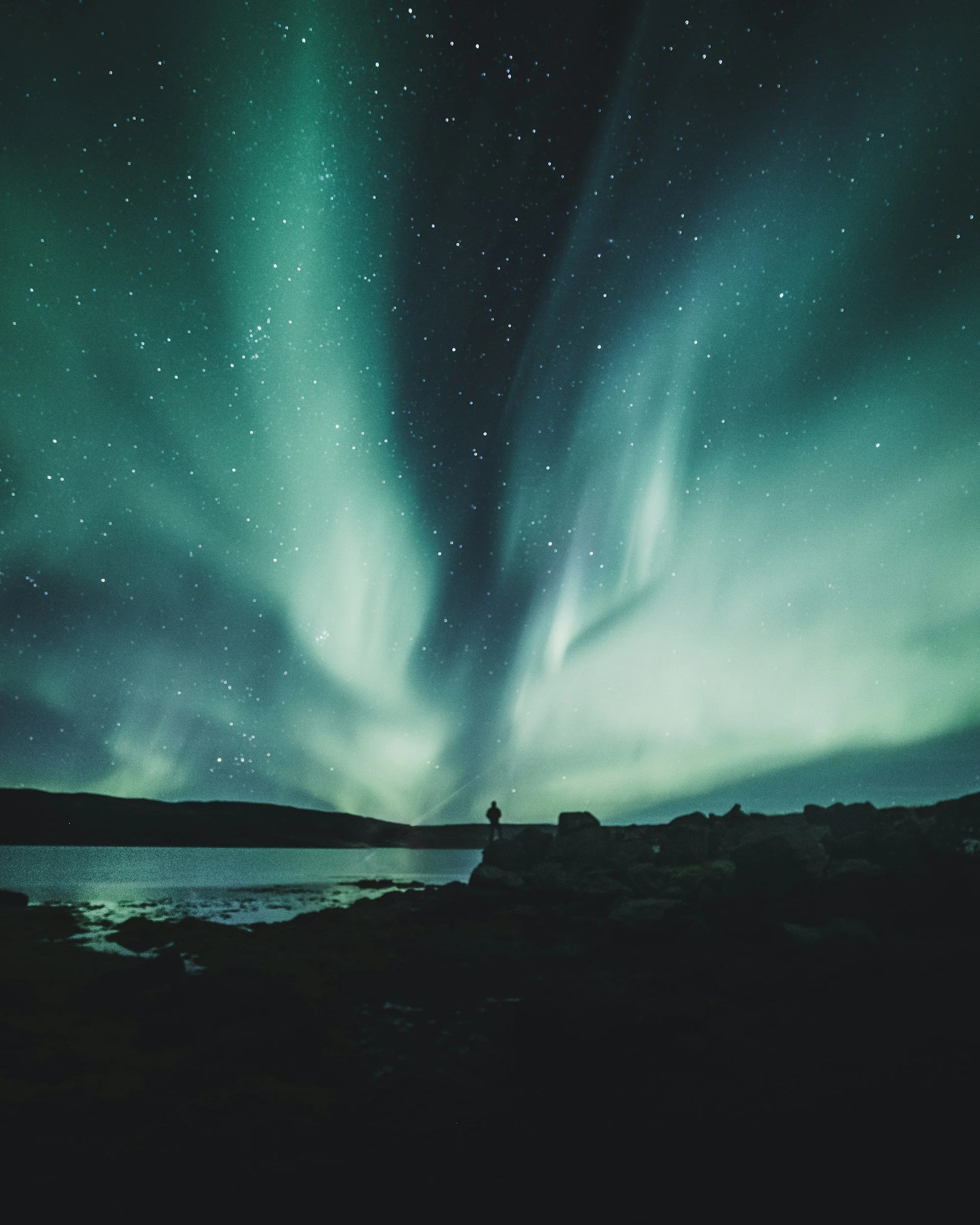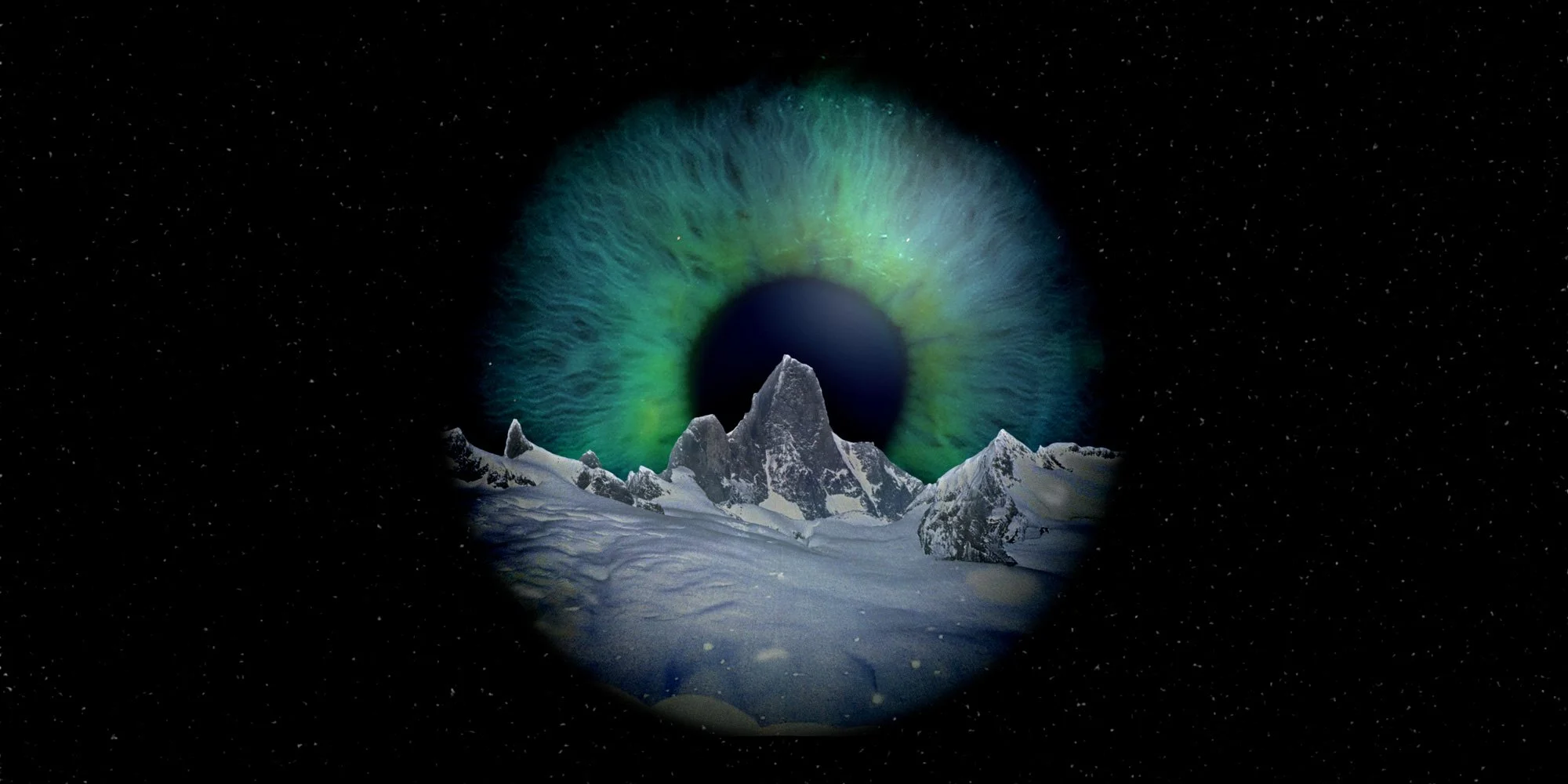
Bigfoot! Kushtaka! And an alien! For generations, The Strangest Story Ever Told has delighted—and frightened—audiences. Today, we get to the truth and shed new light on one of Alaska’s most enduring myths.
Find “Wrangell History Unlocked” On:

2025 is the 100-year anniversary of Harry Colp’s Manuscript.
In 1925, Harry Colp wrote his short story, Devil’s Country, but he never published it. You can read Harry’s 55-page, handwritten story here:

An Alaskan Classic
Few books are as beloved, cherished, and identified with southeast Alaska as The Strangest Story Ever Told (read online for free). For over half a century, readers have been delighted—and frightened—by the eerie, supernatural events described in this short story.
The book’s author, Harry Colp, wrote the story in 1925, but it was not discovered until three years after his death in 1953. After Colp’s daughter, Virginia, published the story, it took on a life of its own.
The book remains a popular fixture of southeast Alaskan folklore, and generations of explorers have attempted to find the mysterious creatures described in the book.
“The writer of this story has been dead for several years now. At one time back in the early thirties he had this story written up and ready to send away, but something happened and the manuscript was put into a box and forgotten. During the years the Devil’s Country story has been passed along by word of mouth so often that the details had become obscured. It was then a very pleasant surprise when Mother found the manuscript just a short time ago and gave it to me to read.
I found it fascinating and I was left with a feeling of curiosity. I wonder if any of you readers will be curious–I wonder– Well, I’ll just let you wonder.”

Thomas Bay
Map showing Thomas Bay, Petersburg, and Wrangell. (image credit: Google Maps)
The Strangest Story Ever Told begins in Wrangell, Alaska, but most of the surreal events described in the story take place in Thomas Bay, just north of the mouth of the Stikine River. Thomas Bay is part of the Tongass National Forest and is surrounded by steep mountains and glacial streams. It is primarily accessed by boats and floatplanes.
Petersburg, Alaska. (image credit: Wikipedia Commons)
The story’s author, Harry Colp, was a longtime resident of Petersburg, Alaska. Petersburg is closer than Wrangell to Thomas Bay, and it was Colp’s many experiences in and around Thomas Bay that informed his story. From many places in Petersburg, you can look to the east and see Thomas Bay and the towering mountain of Devil’s Thumb above it.

devil’s Thumb
While the name “Devil’s Thumb” evokes images of danger, mystery, and dark spirits, the name has nothing to do with the devil. In fact, the name “Devil’s Thumb” comes from a similar rock formation off the western coast of Greenland also called “Devil’s Thumb.” In this image, you can see Devil’s Thumb in Alaska on the left, and Devil’s Thumb in Greenland to the right.
Richard Worsam Meade
In 1869, shortly after the Alaska Purchase, U.S. Navy Commander Richard W. Meade sailed aboard the USS Saginaw to explore and document Alaska for the United States. While the voyage is most famous for the destruction of the Kake village in February 1869, the voyage also assigned many place names, including “Devil’s Thumb” for the peak separating the United States and Canada.
(image source)
Charles Mitchell Thomas
In 1887, Navy Commander Charles Mitchell Thomas led an exploration of southeast Alaska for the United States government. Meade and his crew spent 11 days exploring the bay that would be named in his honor, Thomas Bay.
(image source)

Home of the Taal’kweidí
The mountain-peak Tahl remains an important symbol for the clan. In this postcard near Shustack’s Point, a monument to the right is carved in the shape of the mountain.
The Taal’kweidí clan trace their lineage back to Thomas Bay, when it was called Taal’ku.
According to their origin story, during The Great Flood, the Tlingit and land creatures survived by climbing to the top of the Devil’s Thumb peak when it was called Tahl. After the flood, survivors came down to the coast and settled inside the bay of Taal’ku.
“Thomas Bay is known by the natives in Alaska as the Bay of Death. About one hundred and fifty or two hundred years ago, a slide down one of the mountains wiped out a village, killing over five hundred of the inhabitants.”
In the 1700s, a devastating landslide wiped out most of the village. Those who survived moved elsewhere, such as the Taal’kweidí who moved south to join the village of Kaatsitl’aan, which eventually relocated to the site of modern-day Wrangell in the 1830s. To this day, the tip of the peninsula in front of Wrangell is named for the Taal’kweidí leader who settled near the end of the point, Shustacks.

Little devils
From the beginning, the “little devils” described in The Strangest Story Ever Told captured the public’s attention. Almost immediately, people began to explore the Thomas Bay region for these creatures, but every expedition came up empty-handed.
That hasn’t stopped people from imagining what these creatures might be. The Internet has allowed people to share their theories like never before.
(Illustration credit: Anchorage Daily News, January 29, 1978)
The creatures described in The Strangest Story Ever Told:
“I couldn’t call them anything but devils, as they were neither men nor monkeys, yet looked like both. They were entirely sexless, their bodies covered with long coarse hair, except where the scabs and running sores had replaced it. Each one seemed to be reaching out for me and striving to be the first to get me. The air was full of their cries and the stench from their sores and bodies made me faint... I could feel their hot breath on my back. Their long claw-like fingers scraped my back. The smell from their steaming, stinking bodies was making me sick, while the noises they made, yelling, screaming and breathing, drove me mad.”

Tales from the Cryptids
Bigfoot
Some people believe the creatures described in The Strangest Story Ever Told are yet another example of North American Bigfoot. Many Bigfoot enthusiasts online cite the book as more proof of their belief that Bigfoot lives in the wild and occasionally makes itself known to intruders.
(Image source: Wikipedia)
Kushtaka
Some people look no further than southeast Alaska’s Indigenous Tlingit culture to explain the phenomenon described by Harry Colp: Kushtaka. These spirit-world creatures are river otters who can transform themselves into human form. Once they gain your trust, they may lure you into a water grave.
(Image source: Wikipedia)
Stranded Survivors
A new theory has emerged online that the surprise encounter was actually with marooned Chinese cannery workers. Each season, the Alaska Packers Association transported entire cannery crews to Alaska aboard its massive sailing ships. It’s not that any shipwreck fits this story. The Star of Bengal sank in 1908, eight years after the events of the book and hundreds of miles away from Thomas Bay.
(image source: Alaska Digital Archives)

Adapted from “The Strangest Story Ever Told”
Directed by Cameron Korbane

The original Strangest STory
To make sense of The Strangest Story Ever Told, it’s important to know where it came from. The story is an adaptation of a popular folk tale which emerged in the 1890s in Alaska: The Lost Rocker.
In The Lost Rocker, a miner excavating a claim is chased out of the woods by hostile Indians, leaving behind his fortune, and barely making it out alive. Harry Colp’s version of the story changes hostile Indians into “little devils,” sidestepping sensitive cultural issues and allowing the story to be open to the imagination.
Here’s one of the earliest versions of The Lost Rocker, from the July 22, 1894 Indianapolis Journal:
Four men using rocker to mine for gold in Nome, Alaska (source: Wikipedia Commons)
“In the spring of 1876 two miners left Sitka on a prospecting expedition, taking a course to the southeast, with the intention of exploring the islands along their route, but more especially to reach the mainland and make extensive search for placer diggings… They crossed Chatham straits to the mainland, and pitched camp at the mouth of a large creek… It was strewn with quartz, and on ‘panning’ the gravel, ‘color’ was found...
One returned to the beach after they cached supplies, while the other partner set to work building a rocker. For a matter of two weeks they washed the golden sands and made occasional trips to their cache on the beach, with no thought whatever of approaching danger, and no intimation of the horrible tragedy that was about to occur.
On the eventful day at about noon, as they were leaving work to prepare dinner, ambushed savages, who had tracked the two lone miners from the beach into the mountains, to murder and to plunder, poured their fire from behind trees upon them. One was killed outright, but miraculously the other was untouched. Seeing his companion fall, and taking the situation at a glance, he bounded into the timber.
Fear lent wings to the pursued, and he soon out-distanced his pursuers, who were unable to get in an effective shot while both were dodging through the timber and underbrush. The pursued made direct for the cache and boat on the beach, and hastily loading up with the remainder of the provisions and effects, he pulled out into the channel.”

You Decide For Yourself.







